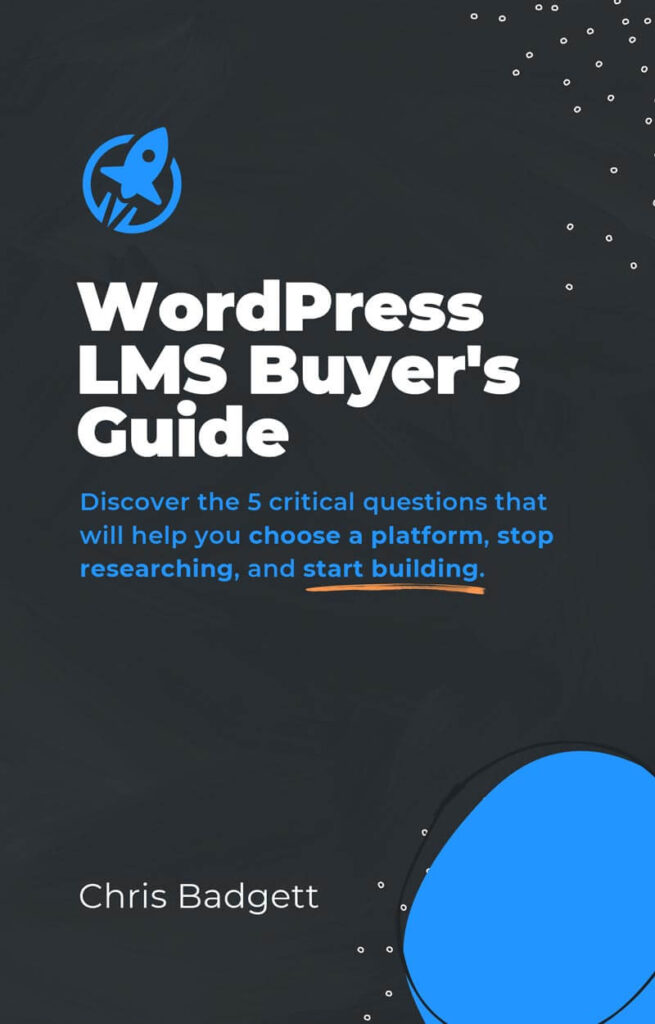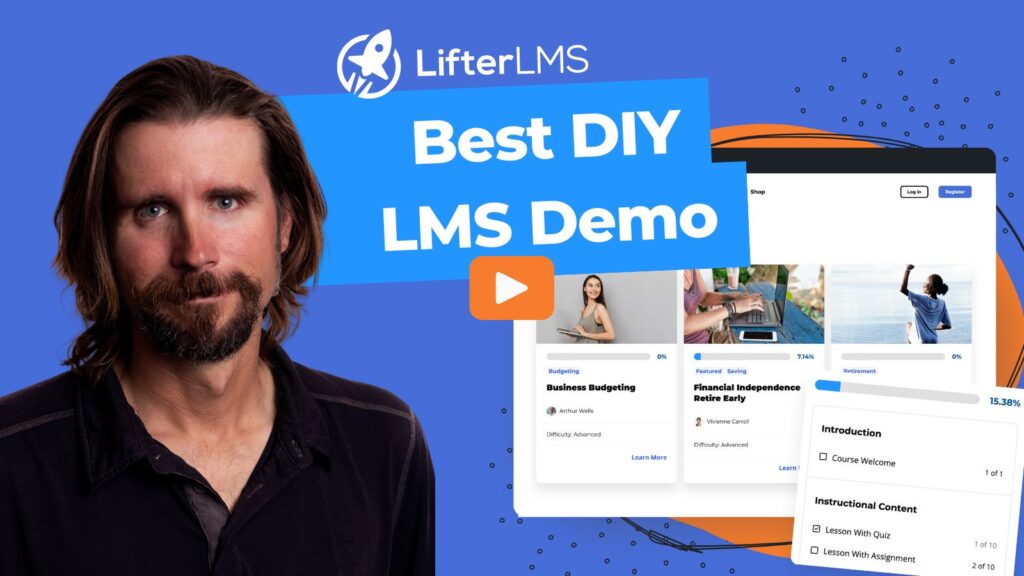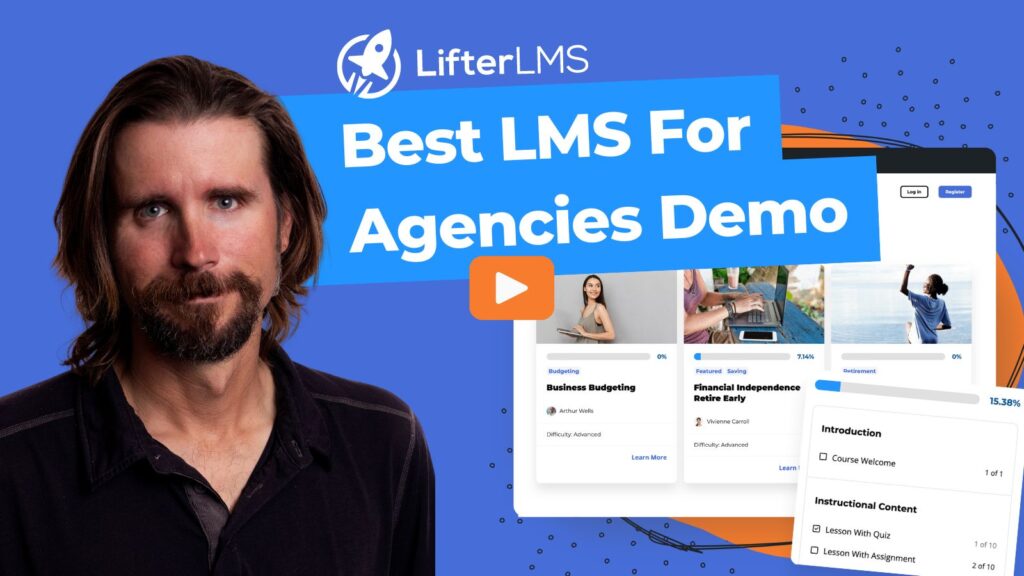By Clare Fielder
When you’re considering creating an online course, the very first step is to validate your idea. This means uncovering whether there is demand for your topic and learning if people are willing to pay for what you have to offer. It can be tempting to think that the marketplace is saturated and that there’s no room for another course on a particular topic. Or that your idea is too niche. But don’t give up quite yet! In this step-by-step guide, we’ll show you how to validate your online course idea, so that you can be confident it’s going to sell.
Concerns & Fears
When it comes to offering an online course, the biggest concerns most course creators have are :
- Is there a demand for my topic?
- Will people be willing to pay for what I have to offer?
- Is the market saturated?
Validating your idea is the best way to answer these questions. So before you put in all the effort of creating a course, make sure that there is actually a market for it.
Solve a Problem or Fulfill a Desire
When creating anything, product, service, course, etc, the first thing I want you to think about is, is your idea solving a problem that people genuinely want a solution for. Or are you fulfilling a desire that others likely have? This doesn’t just have to be an either, nor situation. It could be both.
Steps To Validate Your Idea
You may already have an idea in mind that you’re excited to share with the world. Or, you might be wondering how to come up with a good online course topic. Either way, creating demand and creating value are two very different things so we’ll give tips on both parts of the equation. This doesn’t need to be complicated. In fact, validation can be a pretty simple process if you follow these guidelines.
Here are the steps for validating your online course idea:
Step One: Trend Research
The first step is to do some old-fashioned desk research. The key thing you need to uncover is “Is this a popular idea/topic?”
So it’s time to hit the main social media channels and, of course, google. Usually, the first stop is Google browse bar and type in your idea/topic.
Questions to ask yourself
- Are people searching for that word/topic?
- What courses come up in the search results?
- What keywords come up?
- Is there demand?
- How many results are there?
- What are the related search terms?
If your topic looks popular then head on over to Google Trends to look at the popularity over time.
If the topic looks static or if there is an upward trend then investigate with more desk research.
Explore Pinterest Trends – what is trending? See keywords? Other suggestions? Explore/shops? What are people creating?
Look at Instagram – Who is talking about? What hashtags are being used?
Review Youtube Videos – how popular is the topic? The number of views?
The key thing here is to remember you are gathering information/data to make a decision. It’s not to copy someone else. It’s to see what is possible. It is to see if there is a demand and an opportunity.
Step Two: Are People Willing To Pay?
Once you know your topic is popular, the next step is to understand “are people buying this?”. What course results show up in google searches? Are people running ads for their courses?
Go and explore online course platforms like Udemy, Skillshare etc, to see
- How many courses on that topic area?
- How many students?
- What do the reviews say?
- Is there demand?
This will give you an idea of the scope of the market and who you’ll be creating the course for.
Explore online marketplaces and see if there is a demand around your idea include – Etsy, Amazon, Patreon. General online marketplaces are a great way to see if your topic is popular. Obviously, the items for sale are not courses, but they give an indication of what is popular about your topic area and if there is demand.
Step Three: Where are the People?
At this stage, the best question is “Do I already have an audience of people who are interested?” or “Can I build an audience of people who would be interested?” A quick note, when it comes to building an audience consider other paths such as partnerships and affiliate offers.
Start to create a list of where these people hang out online. What social media platforms are they on? What blogs do they read? What podcasts do they listen to? Etc. Once you have a list, start creating content around your topic that would appeal to them. Share it on the social media channels you know they’re hanging out and see if there is engagement. If people are liking, sharing, commenting. It’s a good sign of interest.
Step Four: Ask Your Audience What They Want.
So you have done the desk research, the next step is to connect and talk to real people. Ask people what they actually want. Once you have a good overview of what’s already out there, set up some surveys to find out exactly how much people would pay for your idea. This can also help define your target audience so that you know exactly who to create the course for. You can use online survey tools like SurveyMonkey or Typeform here but sometimes it’s even more effective to speak with people directly through one-on-one interviews or phone calls (if possible) as these tend to get higher response rates which means better data collection results!
Even if you have a small list of any kind, build a relationship with them and talk to them. Reach out to them. “Hey, I’m thinking about creating this thing, what do you think? Would it be of interest to you? Would you love this?” You can take a few different approaches – ask people to fill out a survey, talk to them face to face, leverage other groups that you’re part of in Facebook groups to see interest, etc.
The key part here is to be open to really listen. Hear what they have to say. What they do and don’t like. What words or phrases do they use. It can be easy to jump to a conclusion. But take a breath and create space to hear about people’s real problems and desires. Hear what they need to move them along toward the transformation they are looking for.
Step Five: Identify Gaps in the Market.
The next step is to look at those results from your surveys and identify where there are gaps in what’s currently offered on this topic or how people want something different than what they’ve seen before. Is there a different niche, marketing angle, or target audience?
This will help you create a course that stands out from the others. You can also use this information to create a sales page that speaks to those gaps and highlights how your course is the answer to their problems.
Research Re-Cap
The key elements you want to get from this research stage:
- Are people excited by this idea?
- What language/phrasing are they using?
- What are their struggles?
- What do your customers truly need from you to get a result?
- What is the simplest transformation you can give them? When you think of a transformation it does have to be the whole solution – it can still be 20 – 30% or the full journey they want to take.
Step Six: Create a Course Outline.
Once you’ve identified gaps in the market, create an outline of your online course by creating milestones and breaking down each topic into smaller chunks. This will make it easier for people to follow along with what you are teaching them. Remember smaller chunks are better. Most people prefer to have short videos and content rather than videos over 20 minutes. This will also help you not to get too overwhelmed in course creation. You can use tools like Trello which allows users to organise projects into boards. Allowing you to easily see at-a-glance what needs to be done for each element. At this stage, it’s about creating an outline and having enough information about the course and topic areas.
Step Seven: Get Feedback From Others.
Once everything has been outlined, it’s time to get feedback from others. You can ask your audience or fellow online entrepreneurs for their thoughts on what could be improved before launching so nothing slips through the cracks! Again, listen to constructive feedback. Does the course outline make sense? Is there anything they thought would be included that isn’t? And vice versa. Is anything unclear? What questions are they asking you? What did you think was obvious – but others aren’t seeing?
Then use all that constructive feedback to go and refine and adjust.
Step Eight: Create a High-Converting Landing Page.
Understand if the course will sell by creating a high-converting landing page with a waitlist or pre-sell payment option. This way you will know if your course will sell before you create all the content. This is will also help with creating your overall launch strategy.
Bonus Tip – Create a Small Course
I have worked with various course creators. The biggest mistake I see them make is creating a course that is too big. It is a mistake because they get too overwhelmed or stay stuck in procrastination. Creating a teeny tiny offer allows you to have the headspace and energy to complete a course. To actually put it out in the world. To actually sell it.
There are also many reasons why creating smaller courses is better for your business. Creating multiple courses will also have a bigger impact on your business. You can launch multiple mini-courses on different topics for your market. You can scale and make more money creating these courses. And it is easier to charge more for smaller courses than creating one big course that you bundle together with other offers from the start (which is what many people do).
Conclusion
So, there you have it! The steps you need to take to validate your course idea. Remember, if you’re unsure about any of these steps or want help implementing them, don’t hesitate to reach out and book a call with me. I love working with entrepreneurs who are passionate about learning and helping others learn too. And finally, always remember that your audience is one of the most valuable resources you have when it comes to creating a successful course. Ask them what they want and identify gaps in the market to ensure that your course is truly addressing a need in the industry. Best of luck validating your course idea – I can’t wait to see what you come up with!
About the Author
Clare Fielder a LifterLMS expert, small business digital coach, and web designer currently based in Bournemouth (on the south coast of England), but most of her clients are based in North America and Europe. She works wherever there is fresh sea air, Wi-Fi, and good coffee.







